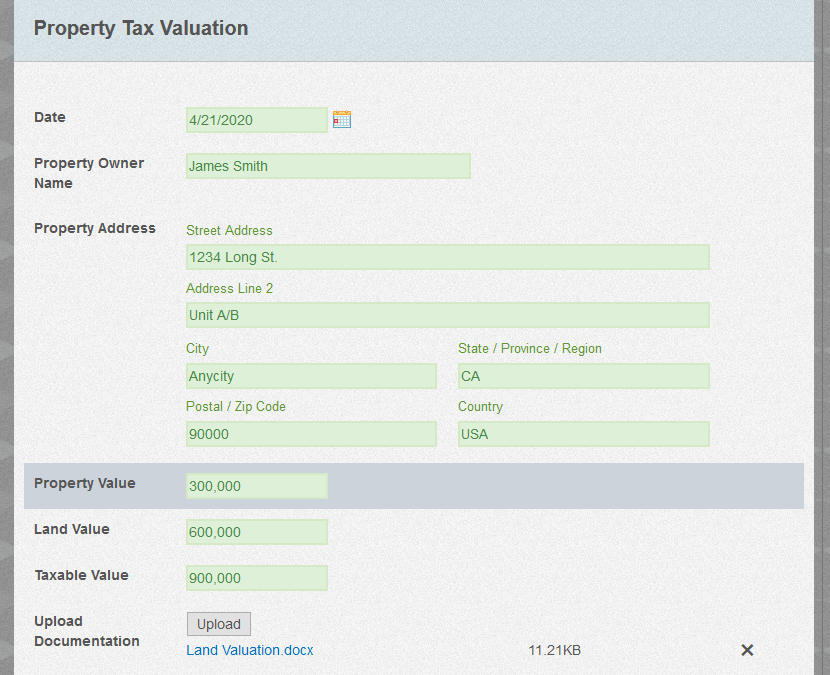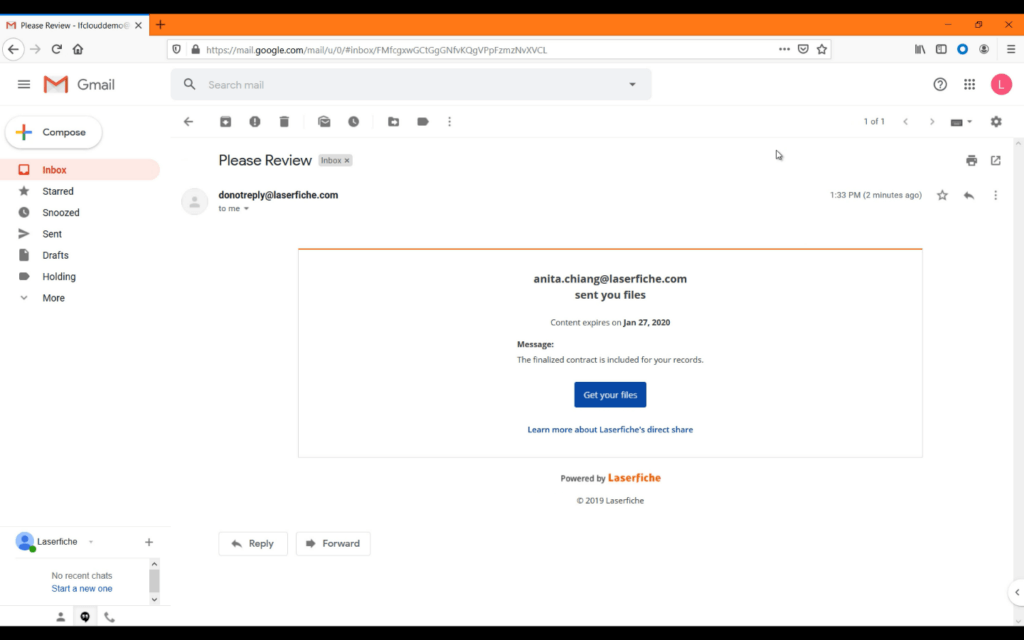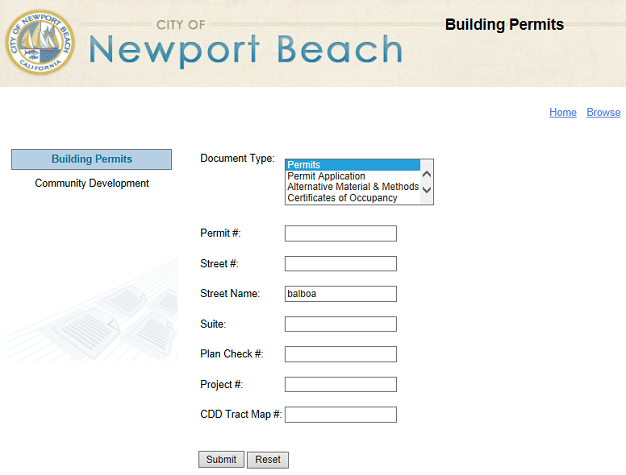SITUATION
The firm saw an opportunity to automate and streamline core processes, such as the blotter process, to improve accuracy and compliance, while reducing the organization’s reliance on paper files.
SOLUTION
The firm implemented Laserfiche Forms, which enabled representatives to upload blotter forms digitally, importing and archiving files into the repository. The system sends automatic notifications to stakeholders, reducing the need to follow-up and improving accountability.
RESULTS
The firm substantially improved efficiency, enhanced the customer experience and fulfilled industry-specific regulatory compliance requirements.
A full-service broker-dealer with over 300 licensed financial advisors and team members around the country struggled with modernizing the way the organization handled advisor paperwork. All that changed when the COO joined the firm and attended the Laserfiche Empower Conference. “I happened to walk into a session where another customer was describing a simple workflow his organization had created, and the lightbulb came on,” he said. “I started madly texting back and forth with our AVP of advisor relations. We knew we could use Laserfiche to automate our entire operation across the U.S.”

Eliminating Lost Paperwork with Electronic Forms
“Our chief problem was that documents got misplaced,” the COO added. “When new client paperwork wasn’t filed properly, our back office wouldn’t see it, and couldn’t process it promptly. This caused frustration for both the home office and the advisors in the field.”
To address these pain points, the organization did a close examination of its existing processes and the steps that could be taken to improve them.
“The best decision we made was to do a whiteboarding session,” the COO said. “We sat down with representatives from every department to map out their processes and agree on the best automation plan.”
The AVP of advisor relations added, “I joke that our Laserfiche programmers are ‘business process therapists’ because they helped us look at what we were doing, what we needed to do and where we could add efficiencies and streamline processes.”
As a result of the whiteboarding session, the team implemented Laserfiche Forms. Advisors could then submit all their paperwork using a Laserfiche form, which ensured that advisors entered all the necessary information consistently, in the correct file format. Just a few of the processes that the organization automated in this way include:
- New account onboarding
- Asset movement
- Money movement
- Distributions
- Check requests
- Product approvals
- Sales preapprovals
- Advertising approvals
- Electronic blotters
“Follow up with the representatives is all handled electronically,” the COO explained. “it also allows our reps to see the status of their documents at any time, helps compliance by tracking all the actions taken on any given document and increases visibility by automatically generating and circulating reports on compliance, process performance and the like.”
Making Blotter Submissions Easy for Field Representatives
The blotter submission process was one that dramatically approved through automation.
“Preparing blotters is not something our advisors are excited to be doing on a monthly basis,” the COO said. “In the past, blotter submission was a manual process that was not easily tracked or reportable for FINRA. It was difficult for us to gather the data to find out which offices were compliant.”
The firm completely digitized the blotter process with Laserfiche:
- If an advisor hasn’t submitted their blotters via a Laserfiche form by a certain date, Laserfiche starts sending automated email reminders.
- If the deadline passes and the blotter is still unaccounted for, the rep receives an email detailing the action that has been taken as a result (e.g., a commission hold).
- Once the blotter is submitted, the reminders cease.
- The COO’s team can run a report to see who has or hasn’t submitted their monthly blotters and send reports to the Office of Supervisory Jurisdiction (OSJ) and the compliance department.
“Before Laserfiche, we needed a wheelbarrow to give to regulators the documents they needed,” the COO explained. “Now, if FINRA or the SEC asks us to produce a report showing that we have specific pieces of information, we can quickly run a report and give them that information in an electronic format.”
The benefits of automating blotter submissions have been felt in both the home office and out in the field. “Our new process saves three people in the back office at least one full work day per month, of just having to track down blotters,” the COO said. “Plus, it has taken a process that was frustrating and difficult for our reps and made it much easier for them. Really, all they have to do now is scan a check or fill out a few fields on the form.”

SIU also used Laserfiche to expedite the collection of patient information when a local healthcare provider retired. “There was a local practice where the provider retired, and all of their patients were transitioned into our practice,” Washburn explained. “We had to collect release of information notices, so we quickly deployed a Laserfiche form to streamline that process. Our clinical staff just had to enter the patient’s health record number. Our system integrates with our practice management system to pull everything automatically, which significantly reduced the time it would have taken manually.”











